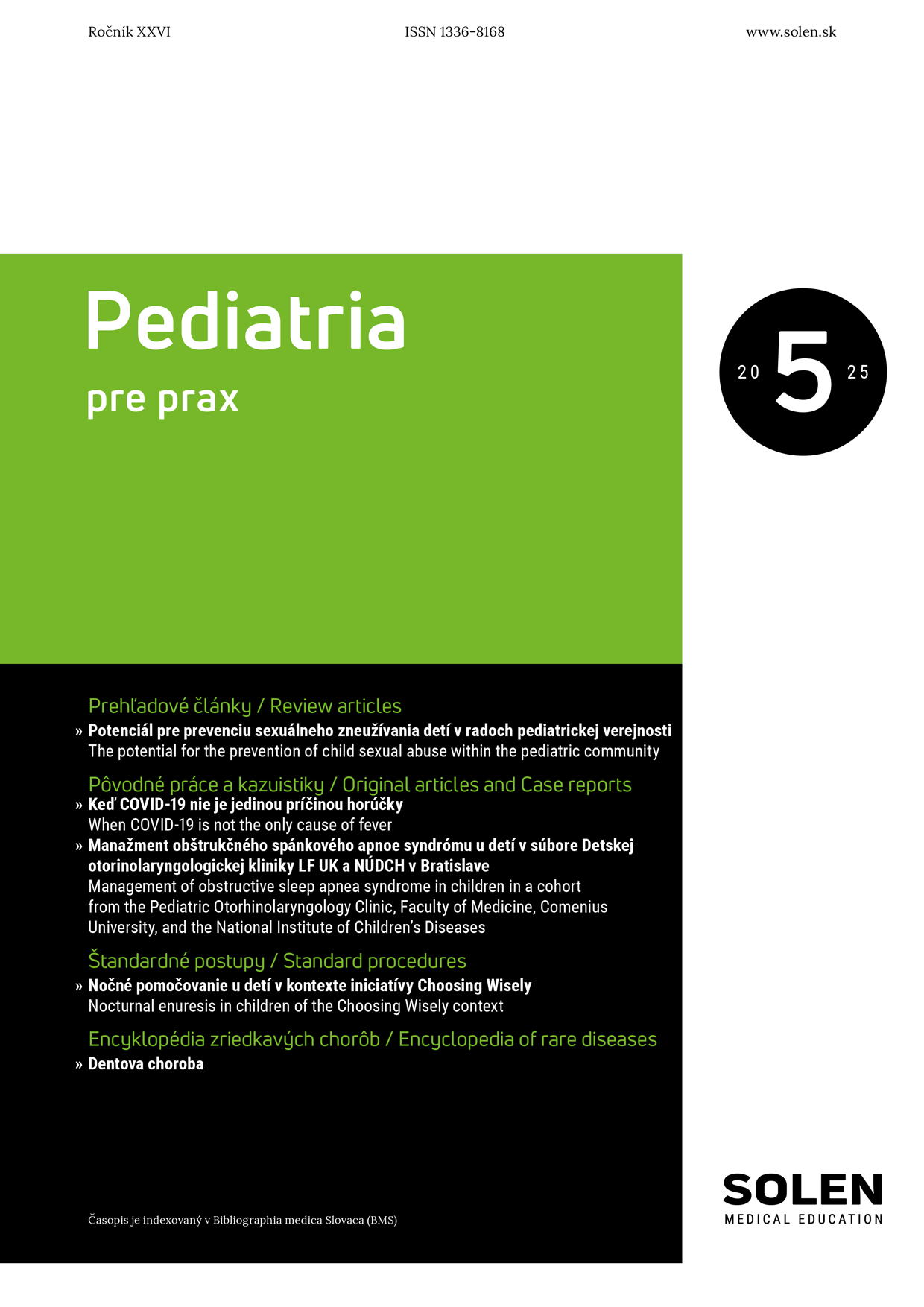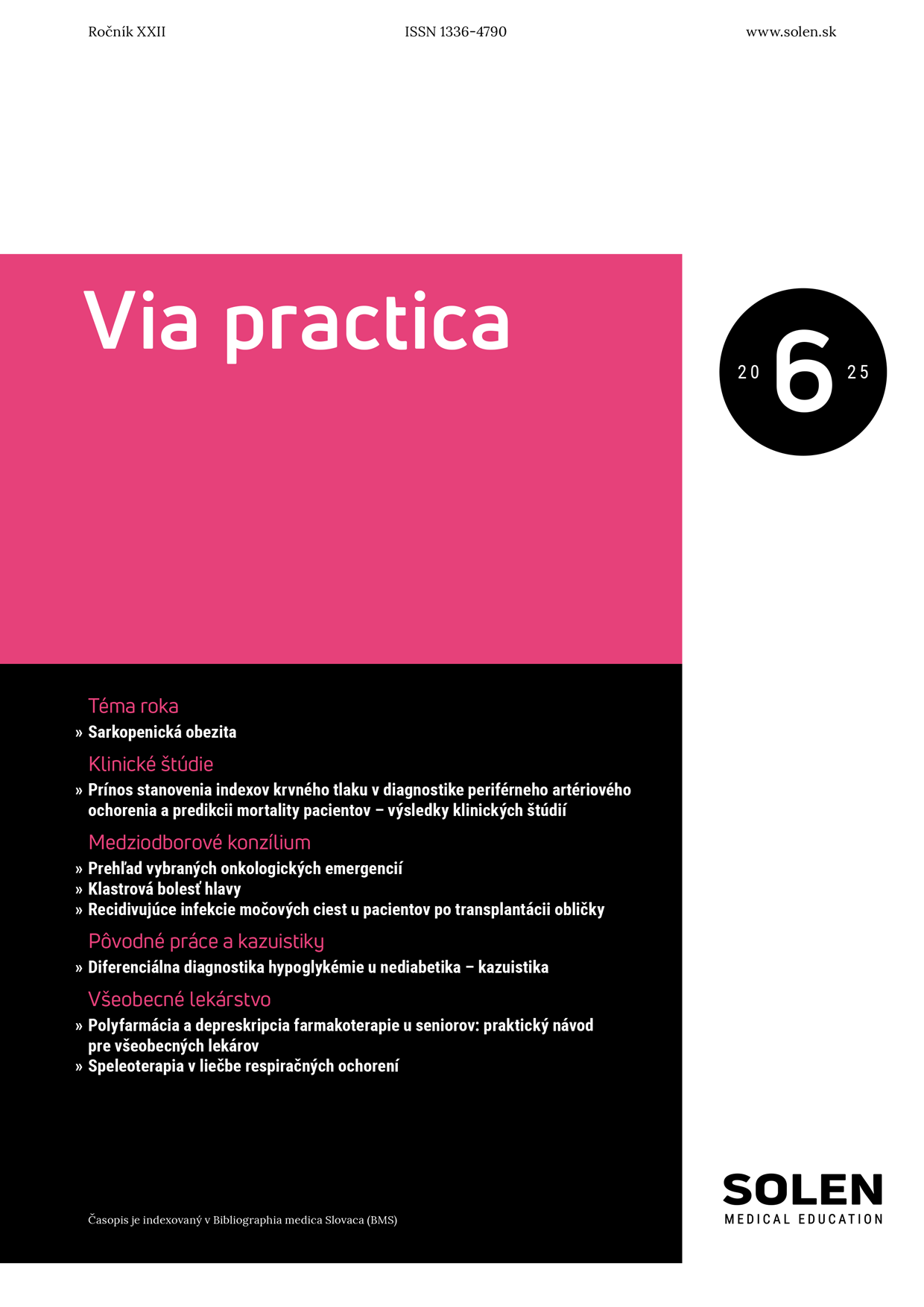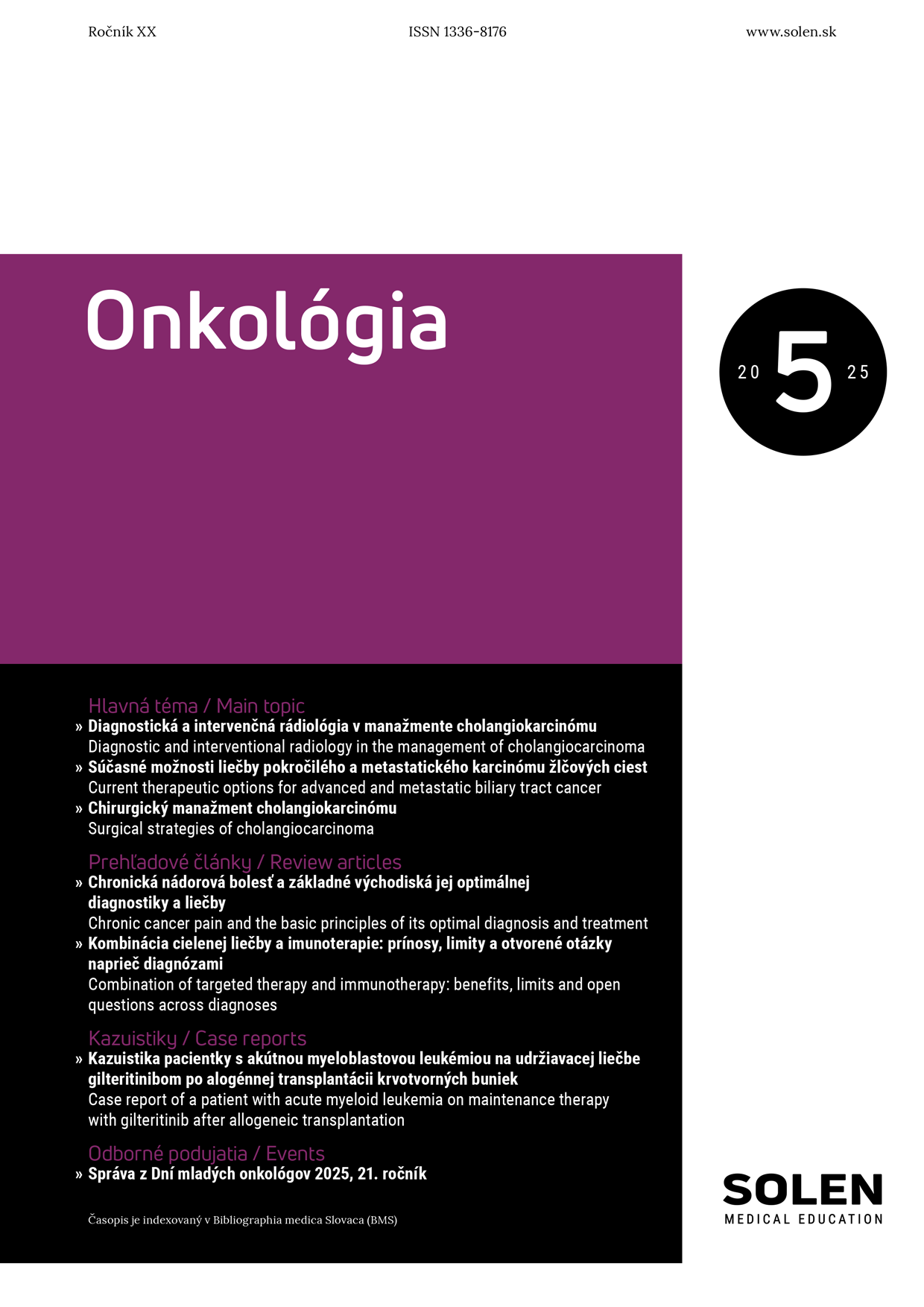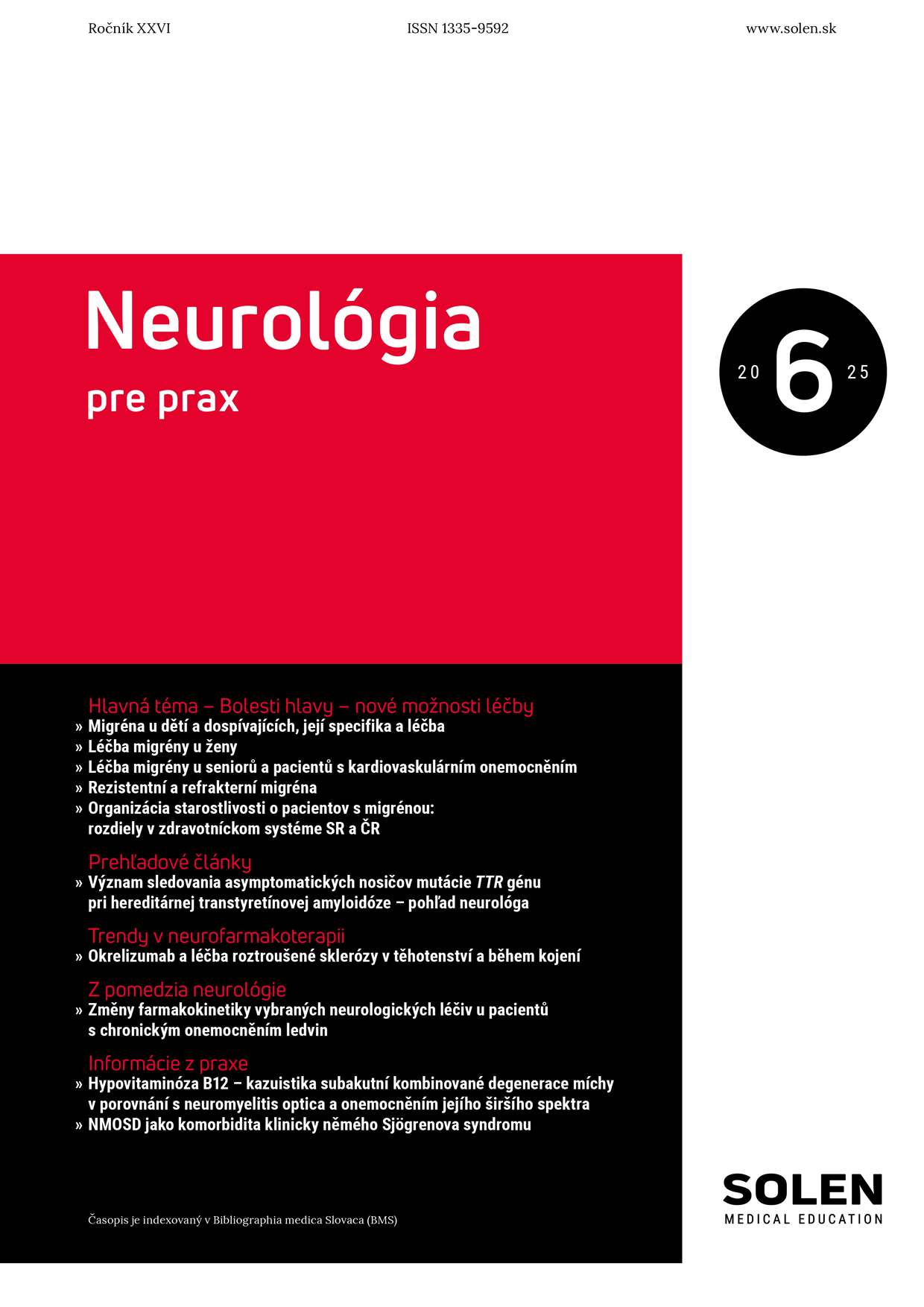Slovenská chirurgia 3/2022
Early failure of femoral neck fracture healing after osteosynthesis with dynamic locking plate
Aim of the study: Evaluation of the incidence of the failure of femoral neck fracture healing after internal fixation with dynamic locking plate and determination of factors influencing the failure. Methodology: Retrospective study of all adult patients who sustained nonpathological femoral neck fracture treated with dynamic locking plate between 04/2014 and 09/2019 at Department of Trauma Surgery, Hospital of L. Pasteur. Fracture healing failure was assessed from radiographs and the patient‘s clinical course. The failure and the non failure groups were mutually compared for differences in the examined variables. Results: Totally there were 112 cases of femoral neck fractures treated with dynamic locking plate cases. Due to incomplete documentation, death, oncologic disease and poor fracture reduction 35 patients were not involved in the study. There were 27 (35%) fracture healing failures out of 77 involved cases. In the failure group there were older patients, patients with higher ASA grades and there was a trend in higher proportion of displaced fractures in this group. Moreover, patients in the failure group had greater femoral neck shortening. The calculated threshold for fracture healing failure was age 70 years and early postoperative femoral neck shortening 6,9 mm. Conclusion: Healing failure of the femoral neck fracture treated with dynamic locking plate depends mainly on patients age (>70 years). The femoral neck shortening greater than 6,9 mm at 6 week follow-up can indicates early fracture healing failure of the femoral neck.
Keywords: femoral neck fracture, osteosynthesis, failure predictors

















